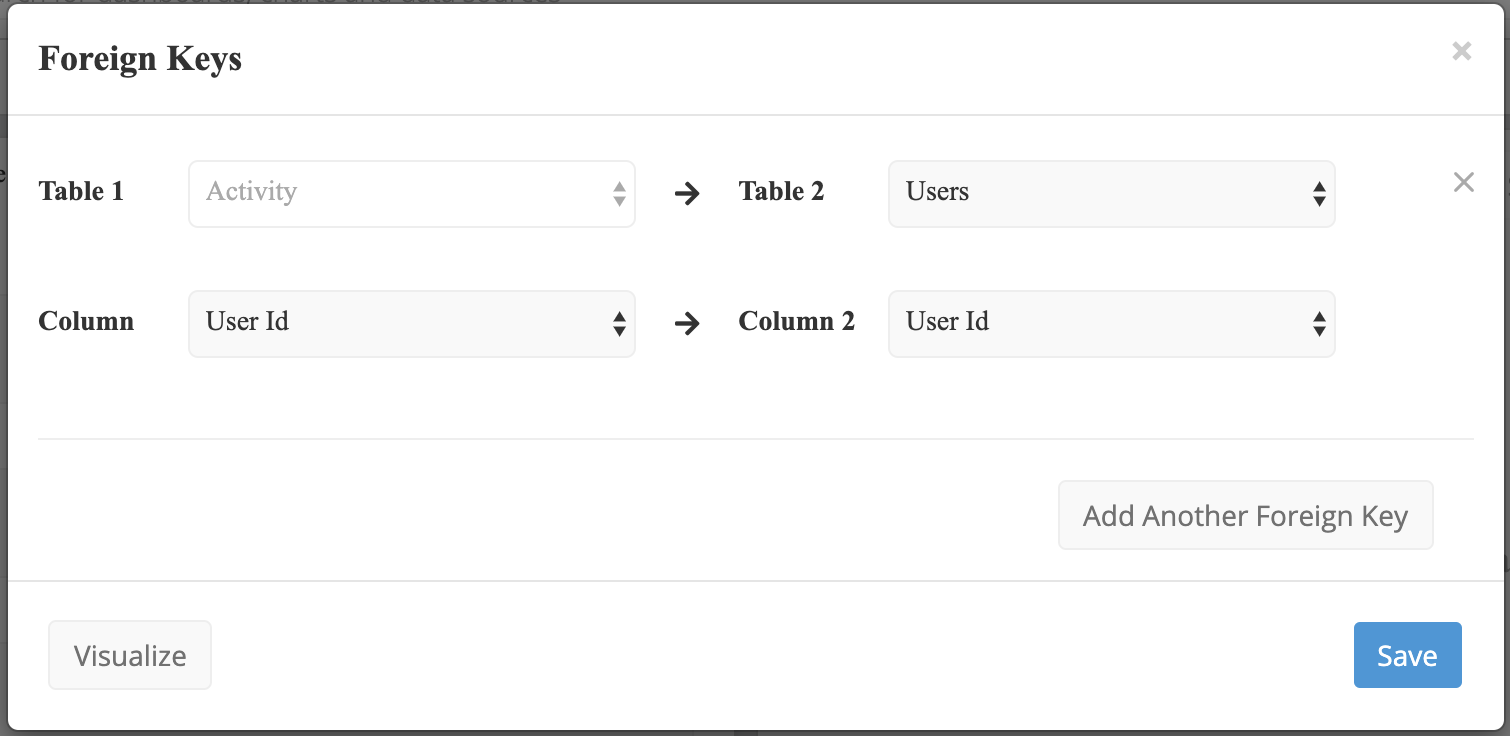
#Redshift foreign key code#
Your applications will then only communicate with the leader node, and the leader node compiles and distributes the query code to the applicable compute node, to be executed if required. If you have two or more compute nodes, an additional leader node is automatically introduced into your cluster. Compute nodes are the worker nodes, they execute the SQL code that transforms or presents the data. A cluster is composed of one or more compute nodes.

The core container of an Amazon Redshift data warehouse is called a cluster. Amazon redshift is based on a clustered architecture, often referred to as a grid architecture.

Amazon Redshift is a fast, fully-managed, petabyte-scale data warehouse, and is designed to store and process large volumes of data, and provide access to this data using your existing business intelligence tools. Amazon Redshift is primarily designed to deliver batch-orientated processing. This will typically drive the decision on which AWS service is best for that processing pattern or use case. When choosing a big data processing solution from within the available AWS service offerings, it's important to determine whether you need the latency of response from the process to be in seconds, minutes, or hours. As well as storing data, Amazon Redshift is also able to process and transform the data within the database. Amazon Redshift is primarily designed to manage structured data. This will typically drive the decision on which AWS service is the best for the data pattern or use case. When choosing a big data storage solution from within the AWS service offerings, it's important to determine whether the data sources we are primarily storing contain structured, semi-structured, or unstructured data.

This means that the transformations are executed within reach of itself compared to ETL, which is where we extract the data, transform it in third-party tools or engines, and then load the data back into Amazon Redshift. When processing transformations in Amazon Redshift, it is far more efficient to undertake what is termed ELT, where we extract, load and then transform the data within the database.
#Redshift foreign key manual#
But you can also process data while it's contained within Amazon Redshift via the use of third-party ETL tools, manual tool commands executed within Amazon Redshift, or via user-defined functions written in Python. In previous modules, we've covered Amazon S3, DynamoDB, and Amazon RDS, and now we're gonna look at how Amazon Redshift works and how you can use it in some big data scenarios.Īmazon Redshift is primarily designed to store data and serve as access to this data via a myriad of business intelligence and query tools. At the end of this module you will be able to describe in detail how Amazon Redshift can be used to store data within a big data solution. Today we're gonna look at storing data with Amazon Redshift. UpdatesĪmazon Aurora is now MySQL and PostgreSQL-compatible.Īnd welcome to Big Data on AWS. While there are no formal prerequisites for this course, students will benefit from having a basic understanding of cloud storage solutions. Our courses on AWS storage fundamentals and AWS Database Fundamentals will give you a solid foundation for taking this present course. This course is intended for students looking to increase their knowledge of the AWS storage options available for Big Data solutions.
#Redshift foreign key how to#
We learn how to determine appropriate data structure and storage formats, and how to determine and optimize the operational characteristics of a Big Data storage solution.

We determine data access and retrieval patterns, and some of the use cases that suit particular data patterns such as evaluating mechanisms for capture, update, and retrieval of catalog entries. In this course, we outline the key storage options for big data solutions.


 0 kommentar(er)
0 kommentar(er)
